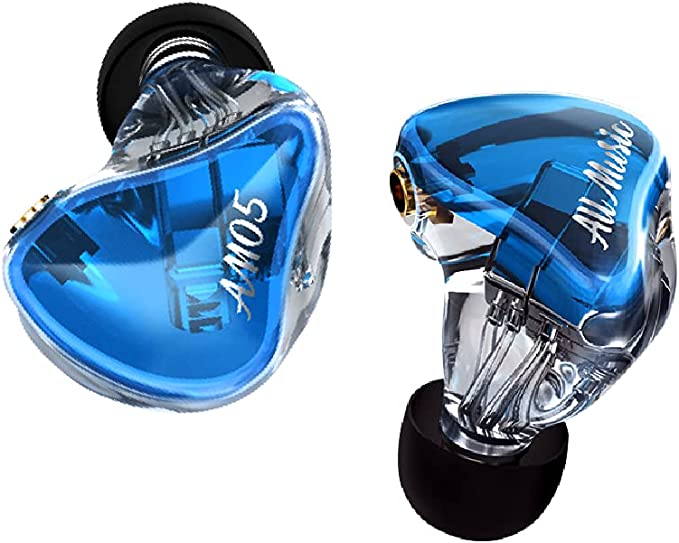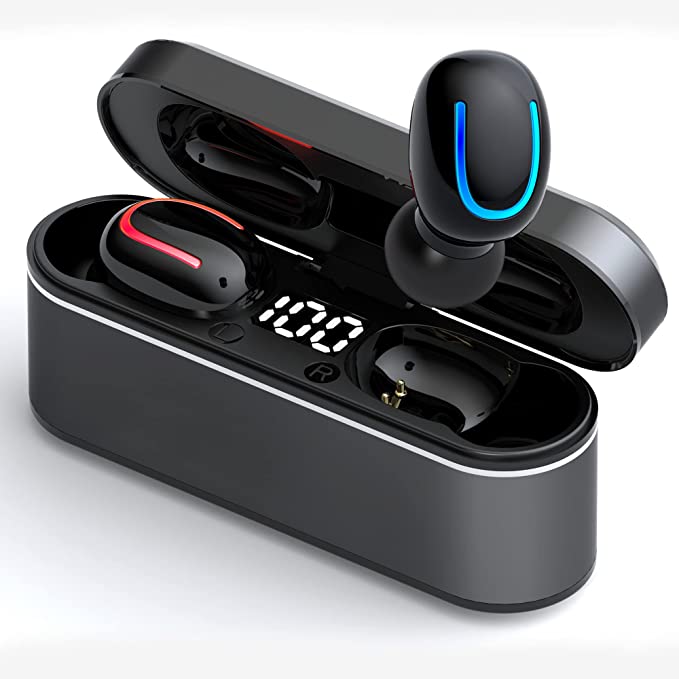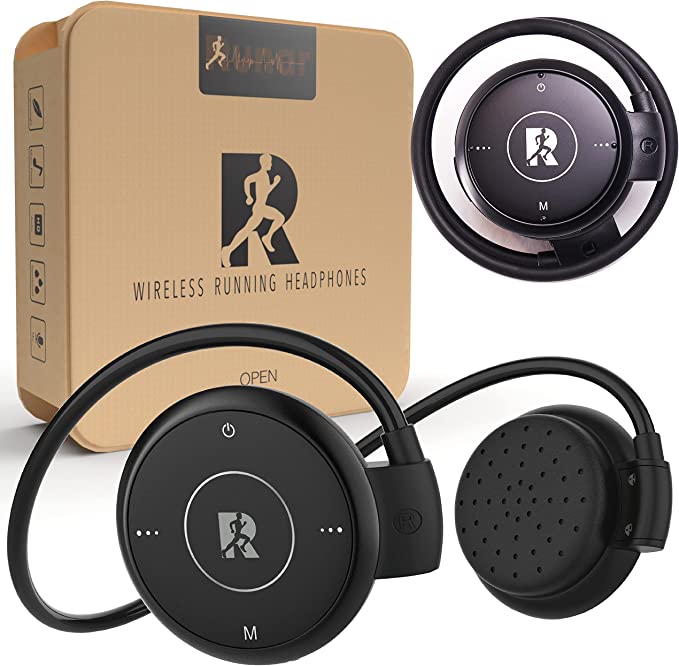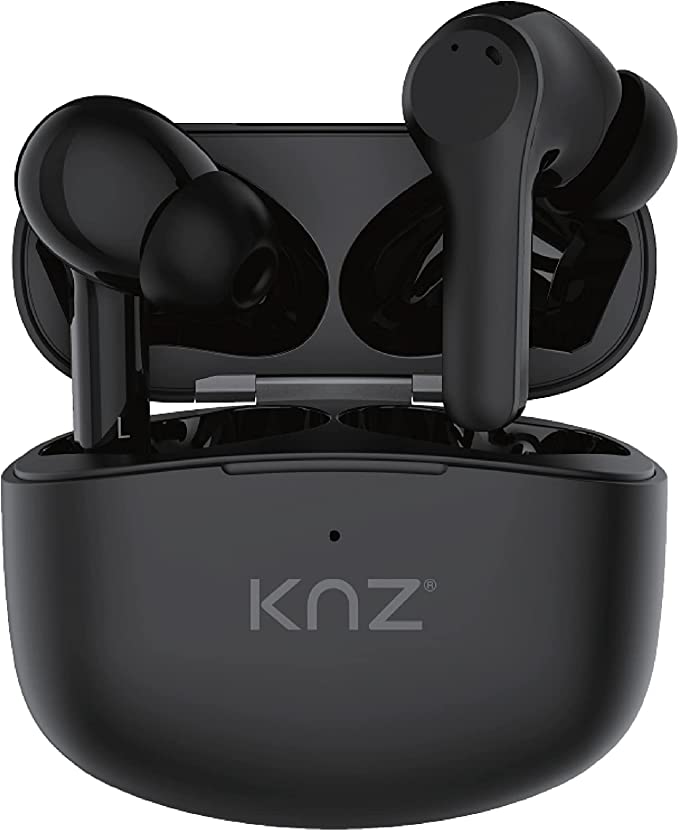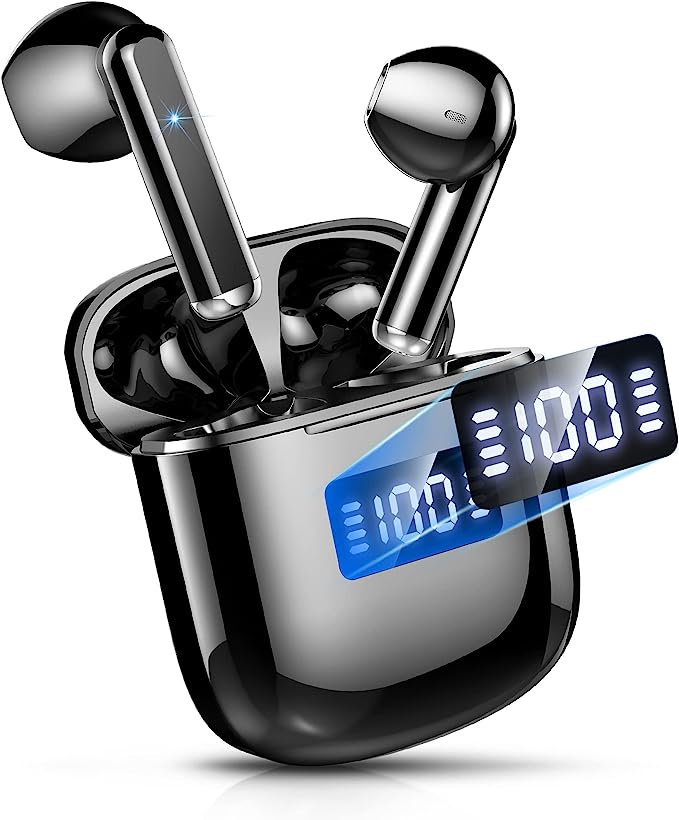The Acoustic Performer's Signal Chain, Solved: A Deep Dive into the BOSS VE-8
Update on Oct. 30, 2025, 9:34 a.m.
If you’re a performing singer-songwriter, you already know the puzzle.
It’s the tangle of cables at your feet: one for your mic, one for your guitar. It’s the collection of gear you think you need: a DI box for the guitar, maybe a separate preamp for your mic, a reverb pedal, a tuner, a feedback suppressor… and suddenly, your simple, pure setup is a complicated mess.
More than the mess, it’s the anxiety. Will your guitar pickup sound thin and “quacky” through the PA? Will your vocals get lost? What happens when you get that terrible, screeching feedback in the middle of a song? And how do you get all this to the sound engineer correctly?
Welcome. You’re in the right place.
Today, we’re not just looking at another effects pedal. We’re going to fundamentally solve this puzzle. We’ll explore the concept of an integrated signal hub—a single device designed to be the command center for your entire acoustic performance. We’ll use the BOSS VE-8 Acoustic Singer as our primary example, because it’s built from the ground up to address precisely these challenges.
Let’s walk through the entire journey of your sound, from your mic and pickup to the audience’s ears, and see how you can take complete control.

Part 1: Perfecting the Source (Your Inputs)
Everything starts with a clean, strong signal. If the sound going in is bad, no amount of effects will fix it. A hub like the VE-8 centralizes this, acting as the perfect “stagehand” for both your voice and guitar.
The Vocal Channel: Phantom Power and Sensitivity
First, your voice. The VE-8 features an XLR input, which is the professional standard for microphones.
A key feature here is the [PHANTOM] switch. This directly answers a common question: “Does the BOSS VE-8 provide phantom power?” Yes, it does (+48V).
Why this matters: There are two main types of mics.
1. Dynamic Mics (like the Shure SM58): These are rugged, require no power, and are great for loud stages. For these, you leave phantom power OFF.
2. Condenser Mics: These are more sensitive, capture more detail, and are often loved by acoustic performers for their clarity. They require phantom power to function.
Having this switch means you can use any mic you prefer. Once plugged in, the [MIC SENS] knob is your most important adjustment. It’s not a volume knob; it’s a gain knob. Your goal is to turn it up while singing your loudest notes until the “PEAK” light just flashes orange. This ensures the processor gets a healthy, strong signal without distortion (clipping), which is the foundation of a professional vocal sound.
The Guitar Channel: Taming the “Piezo Quack”
Next, your guitar. You plug its 1/4” cable into the Guitar Input. But this is where the magic begins.
The single biggest complaint from acoustic performers is the sound of their pickup, especially under-saddle piezo pickups. They’re great at resisting feedback, but they often sound thin, harsh, and plastic-y. They capture the string vibration at the saddle, but miss the warm, woody, resonant sound of the guitar’s body. This is the infamous “piezo quack.”
The [ACOUSTIC RESONANCE] knob is the solution. This is not a simple EQ. It’s sophisticated digital processing that analyzes the signal from your pickup and intelligently restores the body resonance that was lost.
- Turning this knob up is like blending a studio microphone back into your pickup’s signal.
- It adds warmth, depth, and a natural, “unplugged” character.
- The [SHAPE] button (Wide, Mild, Bright) fine-tunes this effect for your specific guitar, whether it’s a booming dreadnought or a tight-sounding parlor guitar.
For most performers, this feature alone is a game-changer, solving the oldest problem in acoustic amplification.
Part 2: Essential Tools for a Polished Sound
Once your raw sound is clean and full, it’s time to add the “studio polish.” This is where the effects come in, but we’ll focus on the essentials that make the biggest difference.
Fighting Feedback: Your Secret Weapon
Before any creative effects, you need control. Feedback (that awful screech) happens when your amplified sound “leaks” back into your mic or guitar, creating a runaway loop. The VE-8 gives you two tools to stop it before it starts.
- [PHASE] Button: This is your first line of defense. It flips the polarity of your guitar signal. Sometimes, this simple flip is all it takes to cancel out the specific frequency that’s causing a low-end rumble or howl. It’s a one-second-fix.
- [NOTCH] Knob: If Phase doesn’t work, this is your surgical tool. As the feedback screeches, you slowly turn this knob. It “finds” the exact problem frequency and carves it out with a very narrow, deep cut (a notch filter). This eliminates the feedback without destroying your overall guitar tone.
Mastering these two controls means you can play with confidence at higher volumes.
Vocal & Guitar Ambiance (Reverb & Chorus)
A “dry” signal (one with no effects) sounds harsh and unnatural. Our ears are used to hearing sound bounce off walls. Reverb creates this sense of space.
The VE-8 provides dedicated reverb knobs for both the vocal and guitar channels. A little goes a long way. For vocals, it adds “air” and helps the voice sit beautifully in the mix. For guitar, it adds dimension.
On the guitar side, you also get Chorus. This effect adds a subtle, shimmering, 12-string-like quality, perfect for thickening up strummed chords or adding a liquid-like texture to fingerpicking.
The “One-Knob Polish” (Enhance)
On the vocal channel, the [ENHANCE] button is a powerful “easy” button. It’s essentially a one-knob compressor and EQ. It automatically evens out your vocal dynamics (making quiet parts louder and taming harsh peaks) and adds clarity. It gives your voice that “radio-ready” presence that cuts through the mix.

Part 3: Building Your Performance (Harmonies & Looping)
Now for the “wow” factor. Once your core sound is solid, you can use advanced tools to build a performance that sounds bigger than just one person.
The Intelligent Harmony Engine
The [HARMONY] section is far more than a simple effect. For a solo performer, it’s like having a pair of backup singers who know your songs perfectly.
How it works: When you turn on the harmony, the VE-8 listens to the chords you’re playing on the guitar. It analyzes your chord progression in real-time. Then, when you sing, it generates vocally-correct harmony notes (like a 3rd or 5th above/below) that match the chords you are playing.
This isn’t a “toy.” When used subtly (mixed in behind your lead vocal), it can create stunningly rich arrangements. You can also set a specific key manually, but the “AUTO” mode, which follows your guitar, is what makes it so powerful for live performance. It also includes a “DOUBLE” effect, which adds a single identical copy of your voice for simple thickening, a classic studio trick.
The 80-Second Looper
The built-in looper is your creative canvas. It gives you 80 seconds of recording time. You control it with the [LOOP] footswitch: tap to record, tap again to play, double-tap to stop.
But its best feature is the independent selection. Using the [LOOP] buttons in the vocal and guitar sections, you can choose what to record. * Loop just your guitar to create a chord progression to solo over. * Loop a percussive “beatbox” vocal line. * Loop both at the same time.
This allows you to build a song from the ground up, all by yourself, right in front of the audience.
Part 4: Mastering Your Outputs (The Gig-Saver)
This is the most critical part, and the one that confuses the most performers. How do you get all this great sound out of the box and to the PA system or your recording setup?
This is where the VE-8 truly shines as a “signal hub.”

Scenario 1: The Simple Gig (To an Amp or Small PA)
You’re at a cafe. You just have one acoustic amp or a small powered speaker. * How: Use the stereo 1/4” LINE OUT jacks. * Result: You get a perfect stereo mix of your processed vocals and guitar. You control the master balance using the knobs on the unit. Simple, fast, and sounds great.
Scenario 2: The Professional Gig (To the House PA)
You’re at a club with a sound engineer and a full PA system. * How: Use the stereo XLR OUTPUT jacks. * Why XLR? XLR cables are “balanced,” which means they can run very long distances (like to a mixing desk at the back of the room) without picking up noise or losing signal quality. * The Pro Move (Split Outputs): This is the secret. Inside the VE-8’s settings, you can change the output mode. Instead of sending a stereo mix, you can set it to send Guitar out of the Left output and Vocals out of the Right output.
Why would you do this? It allows the sound engineer to receive your guitar and vocals on two separate channels on their mixing board. They can now EQ, compress, and add venue-specific reverb to your voice and guitar independently. You still get all your effects (Resonance, Chorus, etc.), but they get the ultimate control to make you sound perfect in that specific room. This is the mark of a true professional.
Scenario 3: The Home Studio (To Your Computer)
This directly addresses the “boss ve8 to audio interface” query. The best part? The BOSS VE-8 is an audio interface.
- How: Connect the USB port on the back directly to your computer.
- Result: Your computer recognizes the VE-8 as a recording device. You can open your recording software (DAW) and record your processed vocals and guitar directly, with no other hardware needed. It’s the simplest way to capture a high-quality demo or stream a live performance online.
The Performer’s Puzzle, Solved
Let’s return to where we started: the tangle of cables and the performance anxiety.
An integrated hub like the BOSS VE-8 isn’t about having the most effects. It’s about control, consistency, and confidence.
It’s about knowing that your guitar’s “quack” is fixed by Acoustic Resonance. It’s about knowing that feedback will be eliminated by the Notch filter. It’s about adding a touch of reverb and a subtle harmony to elevate your song. And most of all, it’s about knowing that whether you’re plugging into your amp, a giant PA system, or your laptop, you have the correct outputs to deliver a professional sound, every single time.
















